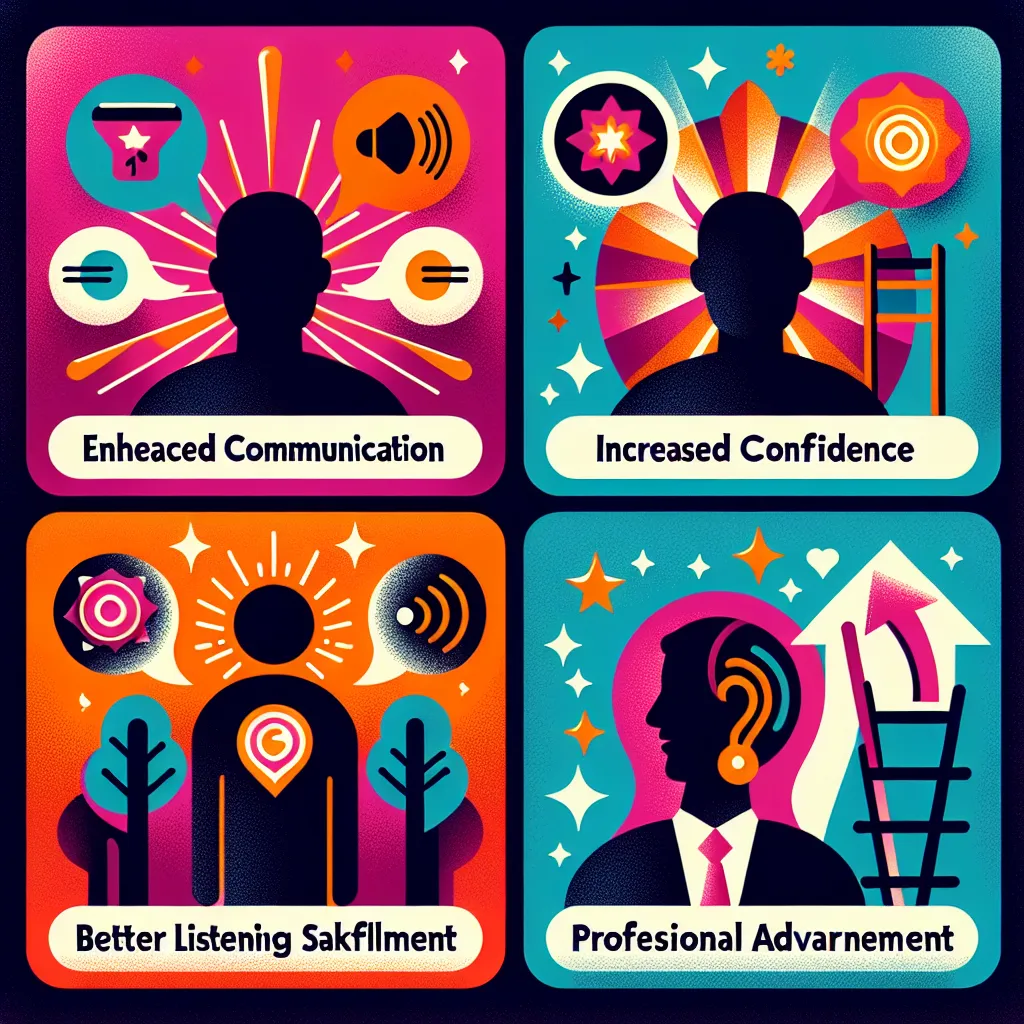Are you looking to improve your English pronunciation and communicate more clearly? You’re in the right place! As an experienced English pronunciation teacher and content creator at LearnEnglish.net, I’m excited to share valuable tips and strategies to help you enhance your pronunciation skills. Whether you’re a beginner or an advanced learner, this guide will provide you with practical advice to speak English more confidently and effectively.
Why is Clear Pronunciation Important?
Clear pronunciation is crucial for effective communication in English. It helps you:
- Be easily understood by native and non-native speakers
- Avoid misunderstandings and confusion
- Boost your confidence in speaking English
- Improve your listening skills
- Make a better impression in professional and social settings
Let’s dive into some essential pronunciation tips that will help you achieve clear English communication.
Understanding English Sounds
Vowels and Consonants
English has 44 distinct sounds, divided into vowels and consonants. Mastering these sounds is the foundation of clear pronunciation.
- Vowels: There are 20 vowel sounds in English, including short vowels, long vowels, and diphthongs.
- Consonants: English has 24 consonant sounds, some of which may not exist in your native language.
 English Vowels and Consonants Chart
English Vowels and Consonants Chart
Stress and Intonation
Proper stress and intonation are crucial for clear English communication. They help convey meaning and emotion in your speech.
- Word stress: In English, certain syllables in words are stressed more than others. For example, in the word “photography,” the stress is on the second syllable: pho-TOG-ra-phy.
- Sentence stress: Important words in a sentence are typically stressed more than others.
- Intonation: The rise and fall of your voice can change the meaning of a sentence. For example, “You’re going out?” with a rising intonation is a question, while “You’re going out.” with a falling intonation is a statement.
Common Pronunciation Challenges
Difficult Sounds
Some English sounds can be particularly challenging for non-native speakers. Here are a few examples:
- The “th” sound: Practice saying words like “think,” “this,” and “moth.”
- The “r” sound: Focus on words like “red,” “car,” and “butter.”
- The “w” and “v” sounds: Differentiate between words like “wet” and “vet.”
Minimal Pairs
Minimal pairs are words that differ by only one sound. Practicing these can help you distinguish between similar sounds:
- “ship” vs. “sheep”
- “bet” vs. “bat”
- “fool” vs. “full”
Effective Pronunciation Techniques
Listen and Repeat
One of the most effective ways to improve your pronunciation is through active listening and repetition.
- Listen to native speakers, podcasts, or English language learning materials.
- Pay close attention to the sounds, stress, and intonation.
- Repeat what you hear, trying to mimic the pronunciation as closely as possible.
Use a Mirror
Practicing in front of a mirror can help you observe your mouth movements and make necessary adjustments.
- Watch how your lips, tongue, and jaw move when pronouncing different sounds.
- Compare your mouth movements to those of native speakers in videos or tutorials.
Record Yourself
Recording your speech and listening back to it can help you identify areas for improvement.
- Read a passage or have a conversation in English while recording yourself.
- Listen to the recording and note any pronunciation issues.
- Focus on improving those specific areas in your future practice sessions.
 Person practicing English pronunciation
Person practicing English pronunciation
Phonemic Chart and Commonly Mispronounced Words
The International Phonetic Alphabet (IPA)
Familiarizing yourself with the International Phonetic Alphabet can greatly enhance your pronunciation skills. The IPA provides a standardized way to represent the sounds of spoken language.
Here’s a simplified version of the English Phonemic Chart:
Consonants: /p/ /b/ /t/ /d/ /k/ /g/ /f/ /v/ /θ/ /ð/ /s/ /z/ /ʃ/ /ʒ/ /h/ /tʃ/ /dʒ/ /m/ /n/ /ŋ/ /l/ /r/ /j/ /w/
Vowels: /iː/ /ɪ/ /e/ /æ/ /ɑː/ /ɒ/ /ɔː/ /ʊ/ /uː/ /ʌ/ /ɜː/ /ə/
Diphthongs: /eɪ/ /aɪ/ /ɔɪ/ /əʊ/ /aʊ/ /ɪə/ /eə/ /ʊə/
10 Commonly Mispronounced Words
- “Comfortable” – Often mispronounced as “comf-ter-bull” instead of “KUMF-tuh-bull”
- “Epitome” – Commonly mispronounced as “ep-i-tome” instead of “ih-PIT-uh-mee”
- “Catastrophe” – Frequently mispronounced as “cat-a-stro-fee” instead of “kuh-TAS-truh-fee”
- “Worcestershire” – Often mispronounced as “wor-ces-ter-shire” instead of “WOOS-tuh-shur”
- “Pronunciation” – Ironically, often mispronounced as “pro-noun-ciation” instead of “pruh-nun-see-AY-shuhn”
- “Salmon” – The “l” is silent, so it should be pronounced “SAM-uhn” not “SAL-muhn”
- “Colonel” – Pronounced “KUR-nul” not “col-o-nel”
- “Choir” – Pronounced “KWY-er” not “choy-er”
- “Subtle” – The “b” is silent, so it’s pronounced “SUH-tul” not “SUB-tul”
- “Mischievous” – Often mispronounced as “mis-CHEE-vee-us” instead of “MIS-chih-vus”
To improve your pronunciation of these words:
- Break them down into syllables
- Listen to native speakers pronouncing them
- Practice regularly, focusing on the correct stress and individual sounds
Conclusion
Improving your English pronunciation is a journey that requires patience, practice, and persistence. By focusing on the tips and techniques outlined in this guide, you can make significant progress in your pronunciation skills and communicate more clearly in English.
Remember to:
- Listen actively to native speakers
- Practice regularly, using various techniques like recording yourself and using a mirror
- Focus on challenging sounds and commonly mispronounced words
- Pay attention to stress and intonation
- Use resources like the phonemic chart to understand and produce English sounds accurately
With dedication and consistent practice, you’ll notice improvements in your pronunciation and overall English communication skills. Keep practicing, and don’t be afraid to make mistakes – they’re a natural part of the learning process!
For more in-depth guidance on specific pronunciation challenges, check out our related articles on how to pronounce English blends correctly and how to improve pronunciation using phonetics.
Do you have any questions or specific pronunciation challenges you’d like help with? Share them in the comments below, and let’s continue this conversation to help you achieve clear and confident English communication!



